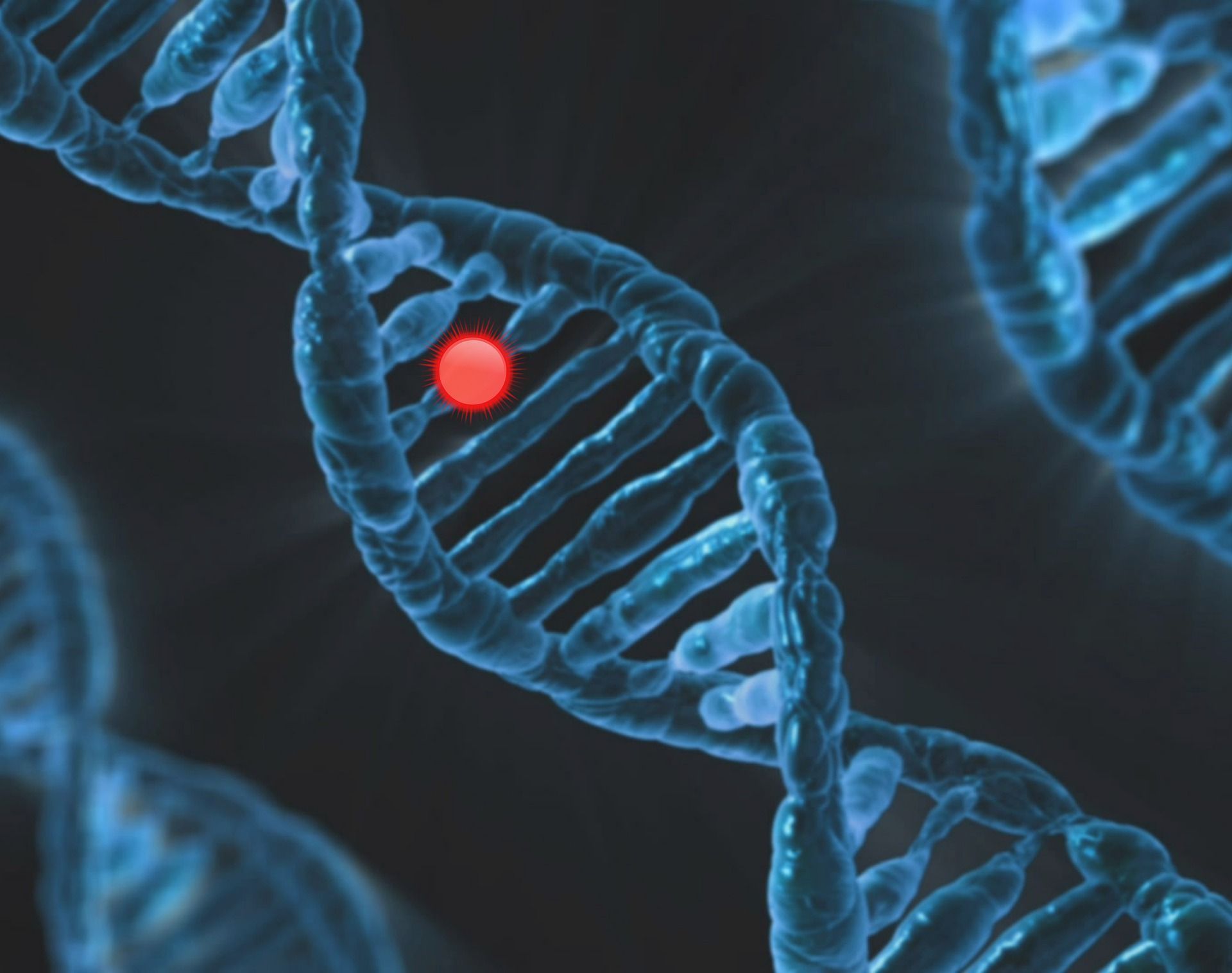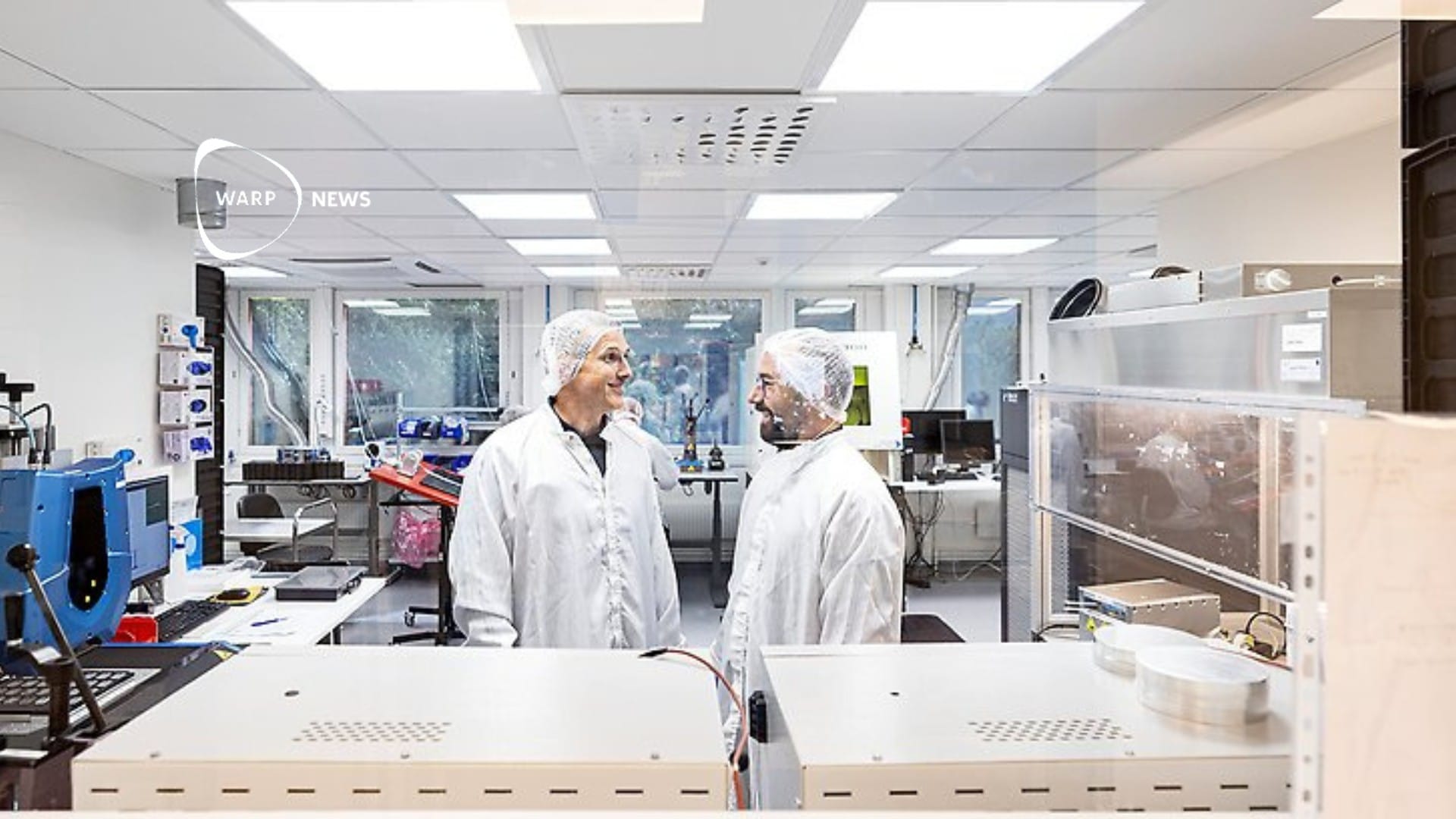
🧬 New machine speeds up DNA sequencing - hours instead of weeks
Faster sequencing of the entire genome can give doctors new opportunities to quickly diagnose and initiate the proper treatment.
Share this story!
Sequencing a patient's entire DNA and getting the results back can currently take doctors several weeks. But a new method developed by researchers at Stanford Medicine can cut that time to hours instead.
The researchers use a new sequencing machine from Oxford Nanopore Technologies to achieve such fast sequencingOxford Nanopore Technologies. The device can analyze DNA in 48 sequencing units simultaneously. This makes the analysis very fast and generates vast amounts of data in a short time. Therefore, the researchers also had to develop new software that could analyze all data in real time.
The researchers' software scans the entire genome and looks for errors that could cause diseases. One difference from today's methods is that the software analyzes longer gene strings.
"Mutations that occur in large chunks of the genome are easier to detect if you read long strings. Some variations would be almost impossible to detect without reading long strings. In addition, sequencing is faster, which was a big reason why we used that method", says Euan Ashley, professor of medicine at Stanford Medicine and one of the researchers behind the study, in a press release.
It's the speed specifically that distinguishes the new method from those in current use. The researchers performed an average of eight hours to get a diagnosis in the tests. The sequencing itself sometimes took no more than five hours. It should then be compared with the days or weeks it can take to get sequencing done today.
The researchers also believe that they will shorten the analysis time even more.
"I think we can halve the time it takes today. If we succeed with that, the doctors can get an answer before they have finished the day's round, and it would be a dramatic improvement", says Euan Ashley.

By becoming a premium supporter, you help in the creation and sharing of fact-based optimistic news all over the world.



